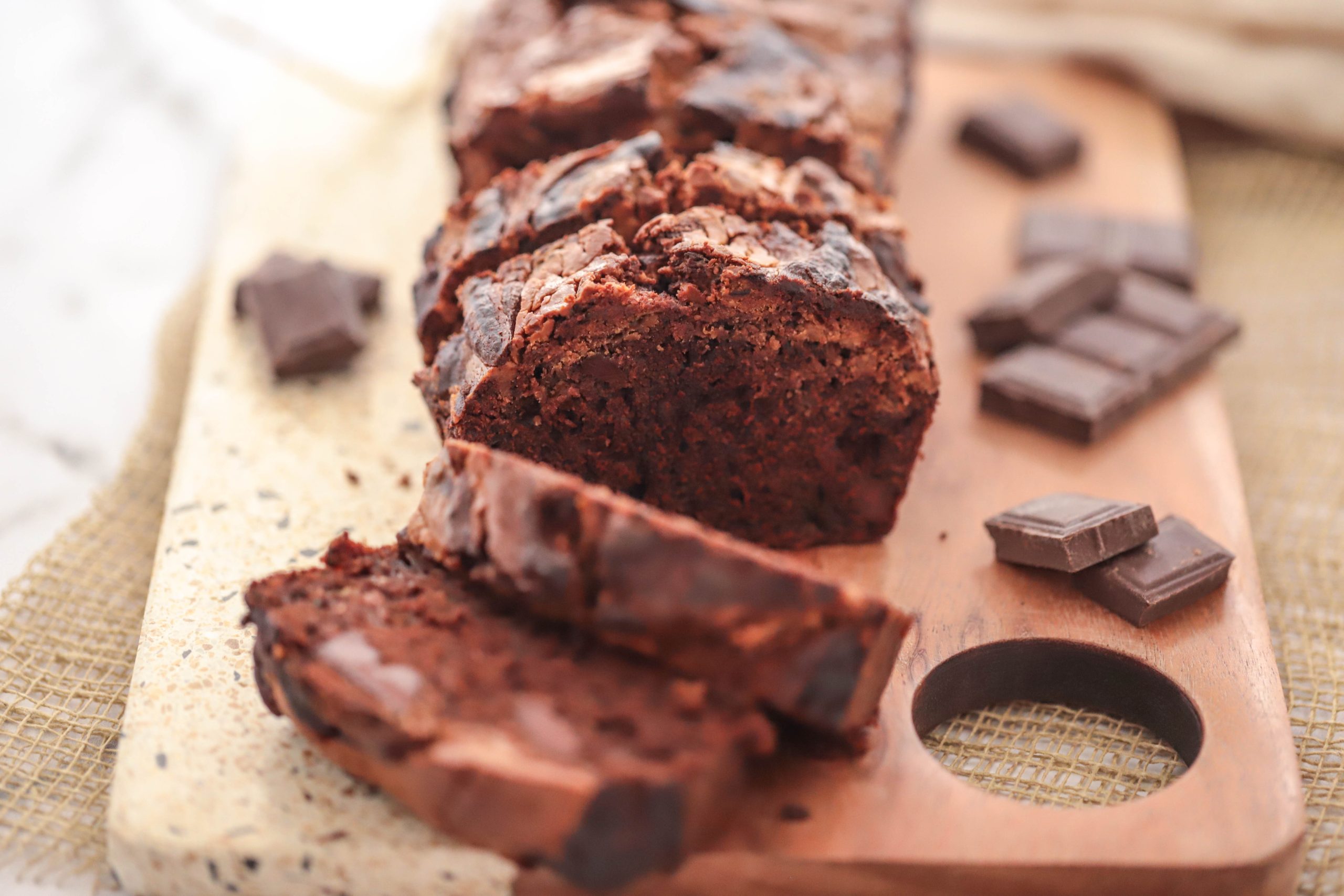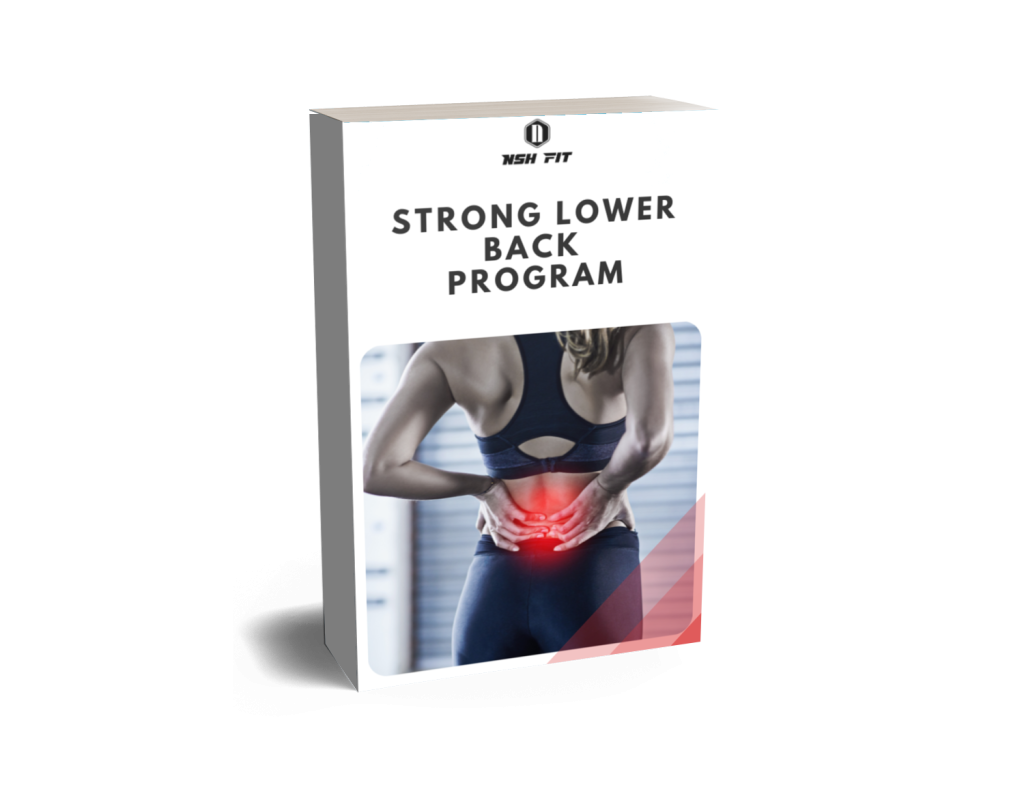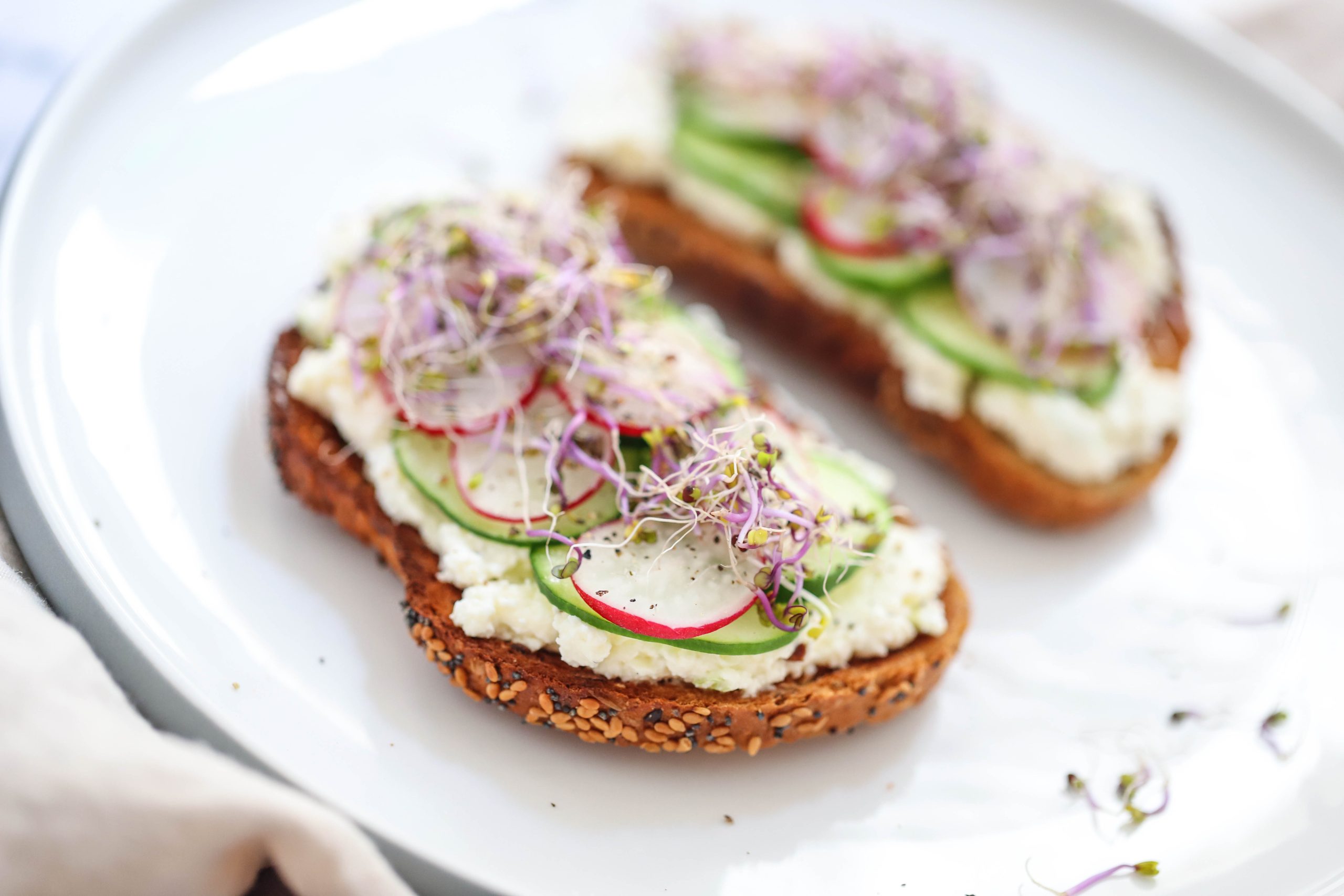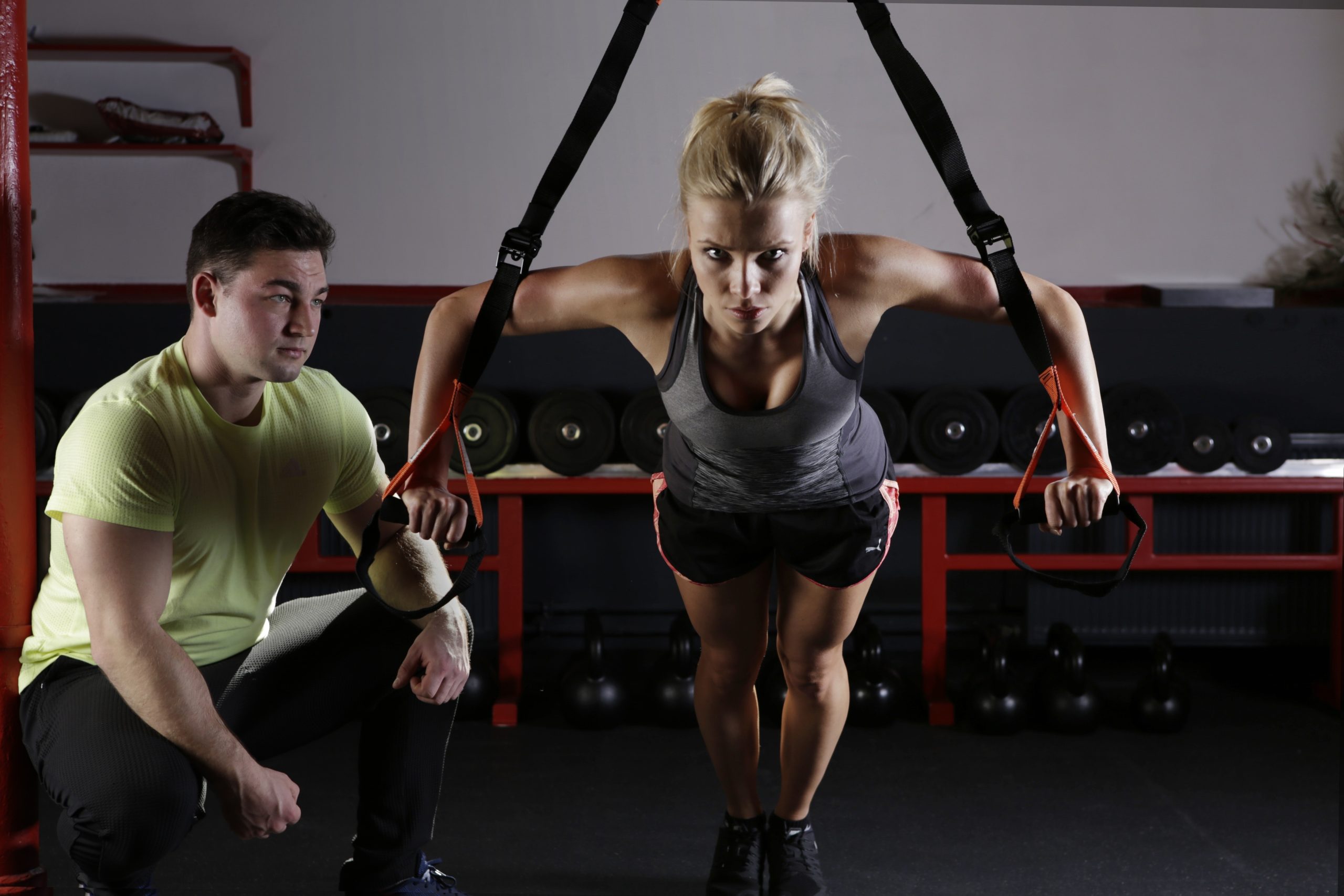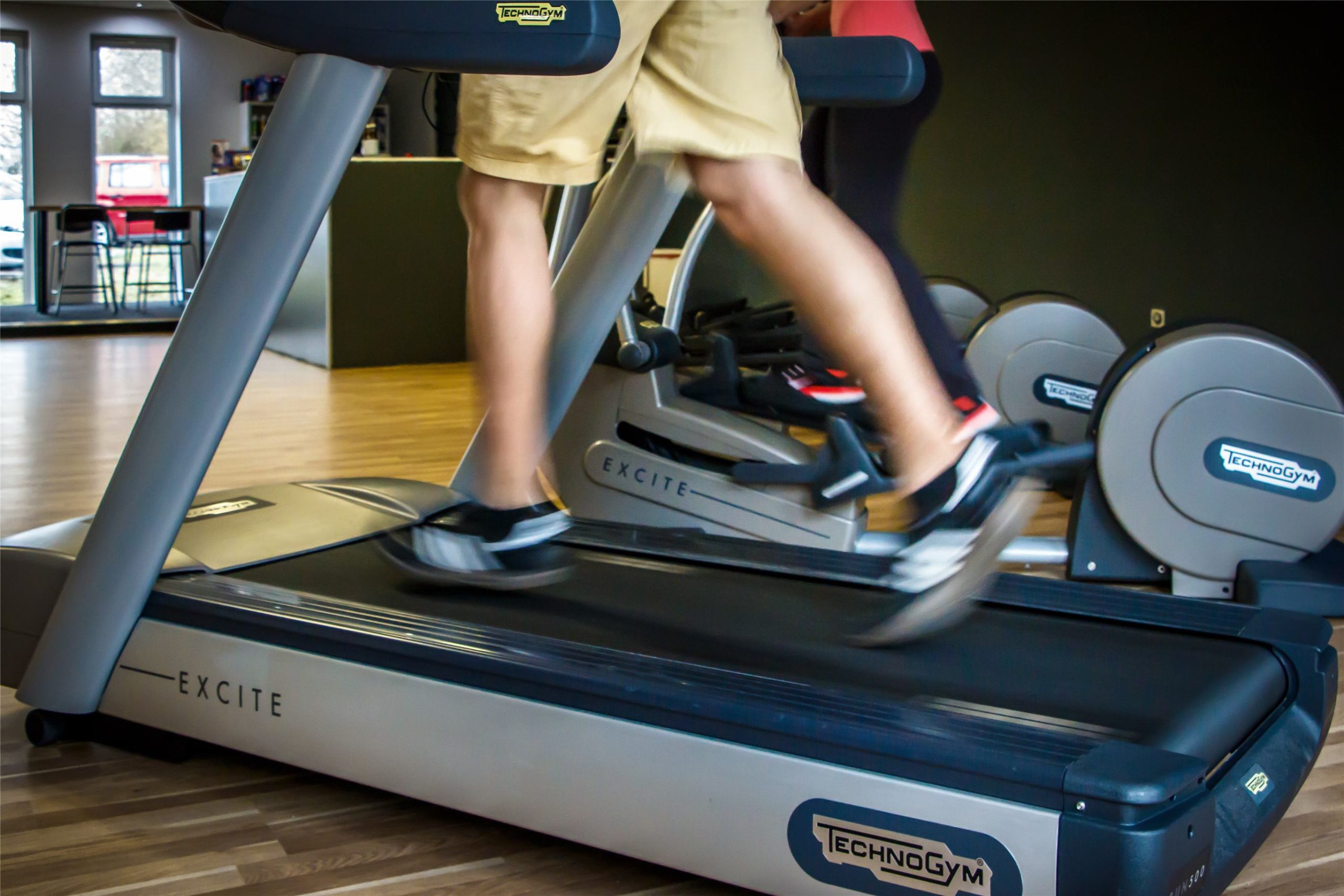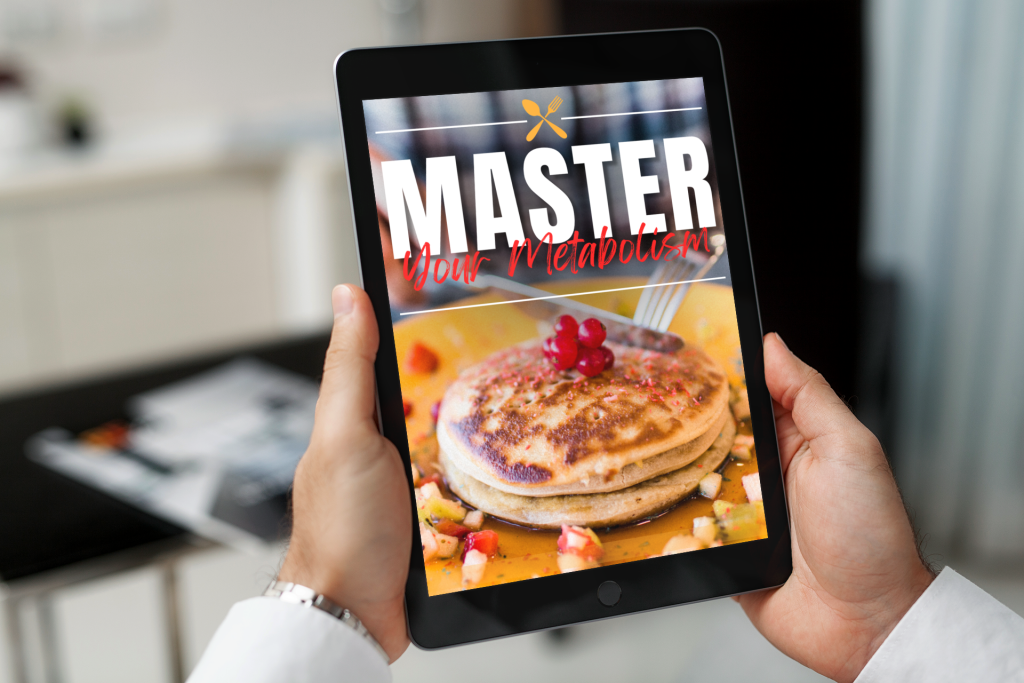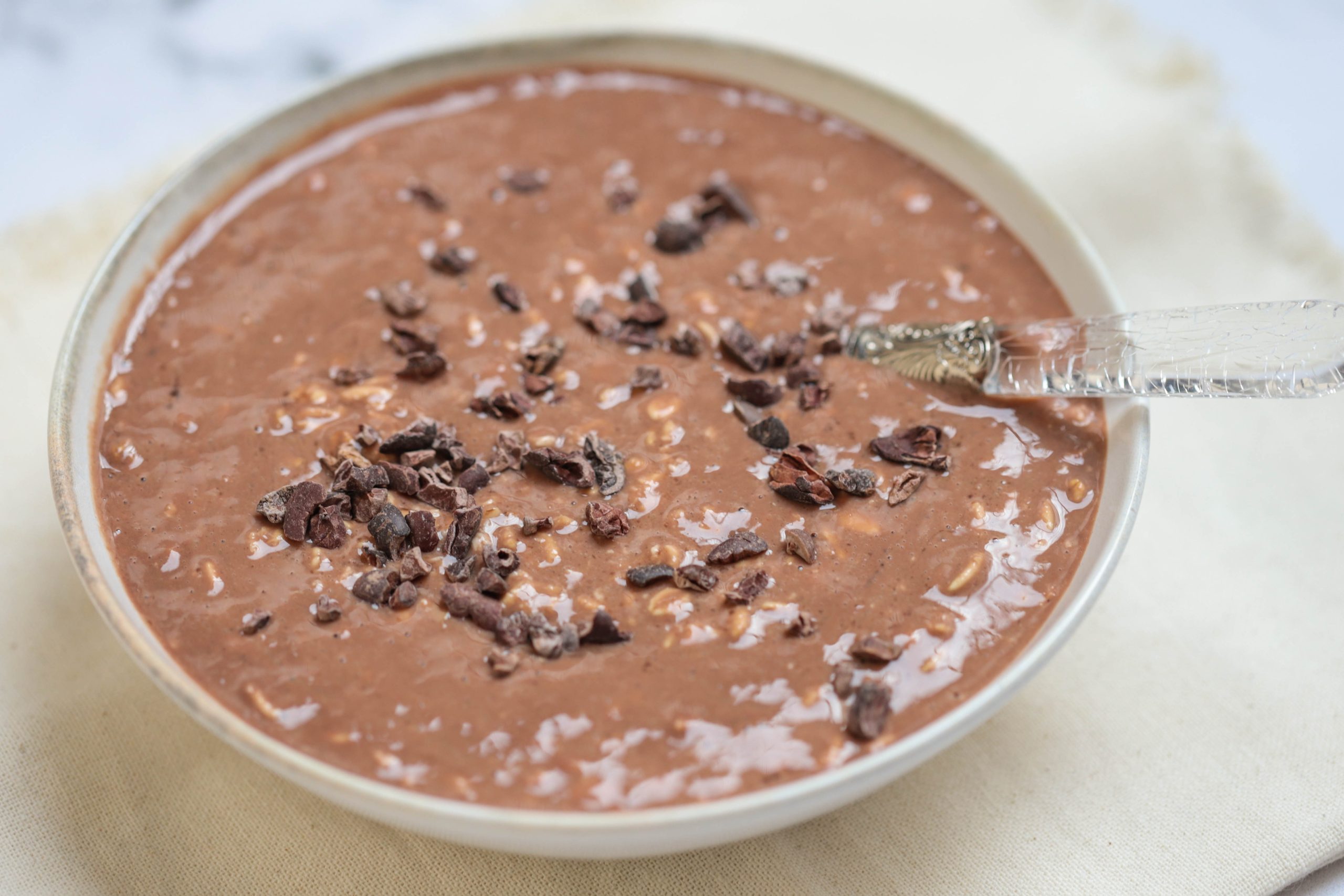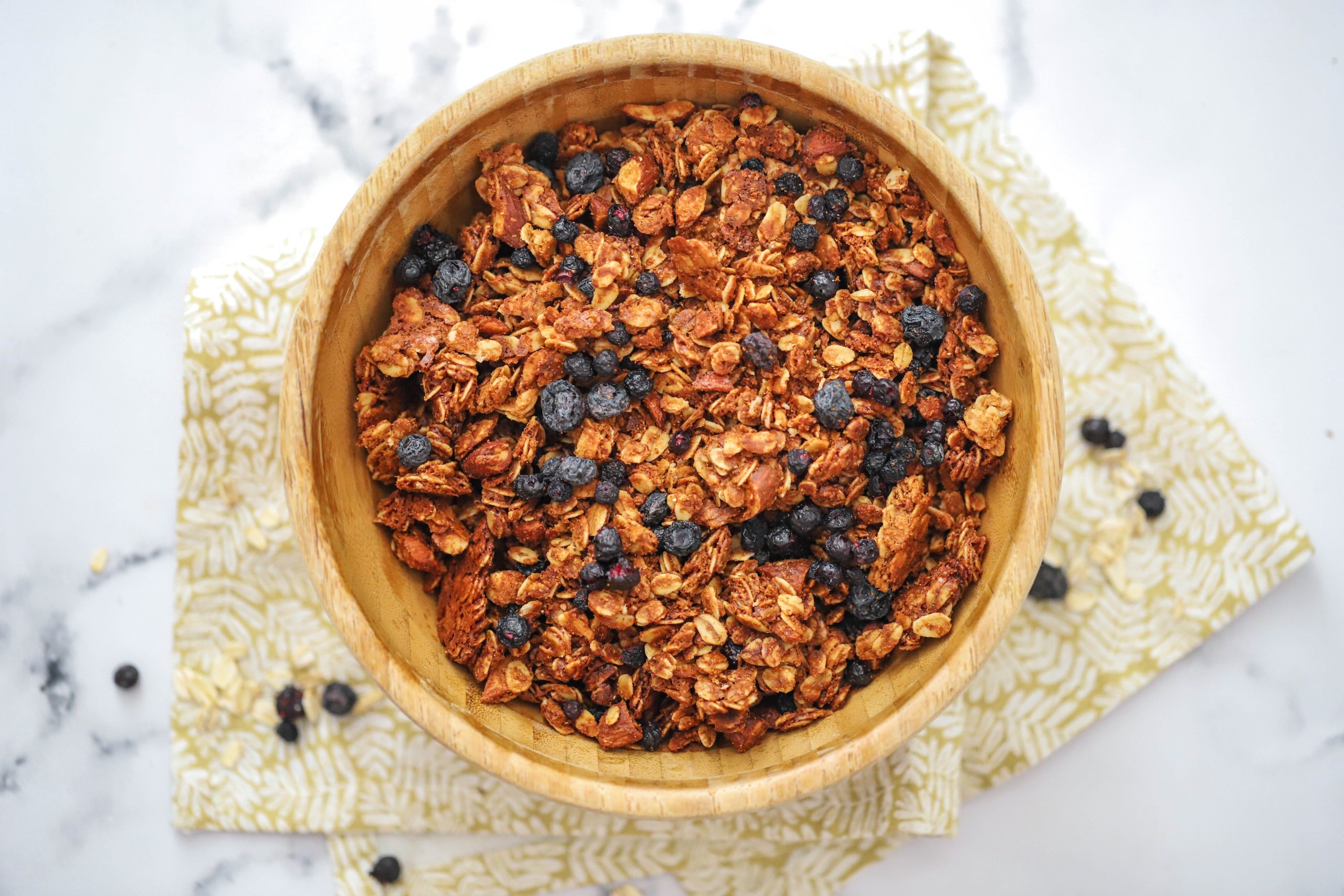Strength training benefits for women are waiting to be discovered. It’s time to shatter some misconceptions and embrace the power of strength training!
For too long, the idea of lifting weights has been associated with bulky muscles and intimidating gym rats.
But the truth is, strength training offers a plethora of advantages for women of all ages and fitness levels.
Not only can it help build lean muscle mass, but it can also boost confidence, improve bone density, and even reduce the risk of chronic diseases.
So, grab those dumbbells and let’s explore the incredible world of women’s strength training.
Redefining the Modern Body Image
It’s no secret that the modern body image for women has become distorted, bombarding us with unrealistic and often unattainable standards through media.
These standards can trigger feelings of inadequacy, shame, and even lead to harmful behaviors like disordered eating and excessive exercise.
However, let’s be clear: our aim here is not to promote a specific body type or shape. Instead, we’re here to illuminate the unique advantages of strength training for women, encouraging everyone to embrace their individuality and inner strength.
Whether you’re petite, curvy, tall, or somewhere in between, the benefits of strength training are accessible to all who are ready to put in the effort.
Let’s shift our focus to what our bodies can achieve rather than conforming to appearance ideals. Harness the power of strength to feel confident, capable, and truly comfortable in your own skin.
Busting Myths About Women and Training
The gym has long been seen as a male-dominated space, giving rise to prevalent misconceptions about women and training.
These misconceptions not only paint an inaccurate picture but also have the potential to hold women back and reinforce harmful gender stereotypes.
Let’s debunk the top 3 most common myths!
#1 Myth: Becoming Masculine
One of the most persistent misconceptions surrounding weight training for women is the fear of becoming too masculine and bulky.
This myth, despite its longevity, is entirely baseless in reality. Women lack the testosterone levels necessary to develop masculine features, regardless of how heavy they lift.
Instead of bulking up, strength training actually helps women build lean muscle mass, enhancing their natural curves and improving overall body composition.
In fact, weight training empowers women to achieve a toned, athletic physique that embodies both femininity and strength.
Let’s dispel this myth once and for all and fully embrace the myriad benefits of strength training, free from the fear of excessive muscularity.
#2 Myth: Not Needed For Weight Loss
Another common misconception suggests that weight training is unnecessary for weight loss and that cardio alone suffices to shed excess pounds.
While it’s true that the core requirement for weight loss is a caloric deficit, dismissing weight training would be a missed opportunity.
Weight training offers a plethora of benefits during weight loss, including improved metabolism and enhanced overall body composition.
Moreover, it helps counteract the loss of muscle mass often associated with dieting, making weight loss more sustainable.
So, ladies, while weight training isn’t mandatory for weight loss, it’s a valuable addition to any fitness routine that should not be overlooked.
Put those 40-minute treadmill sessions on hold and embrace the benefits of weight training!”
#3 Myth: Weightlifting Is Dangerous
Another common misconception surrounding weight training for women is that it poses a danger and can lead to injuries.
However, when performed correctly with proper form, weight training proves to be a secure and effective means of enhancing overall strength and fitness levels.
In fact, weight training reduces the risk of injury by strengthening muscles and joints, enhancing posture, and lowering the likelihood of falls and accidents.
Moreover, weight training aids women in building robust bones and preventing osteoporosis, a prevalent condition among aging women.
Of course, it’s crucial to begin slowly, progressively increase workout intensity and weight as your strength grows, and seek guidance from a qualified trainer if you have questions about form or technique.
Let’s debunk the myth that weight training is perilous for women and welcome the numerous benefits it offers.
In Summary
To conclude, the advantages of strength training for women are abundant and wide-ranging, despite persistent myths regarding its efficacy and safety.
In reality, weight training can assist women of all ages and fitness levels in developing strength, enhancing overall health, and boosting self-assurance.
By debunking prevalent misconceptions about weight training, we can empower more women to seize control of their fitness and achieve their objectives.
Whether you’re an experienced gym enthusiast or embarking on your fitness journey, incorporating strength training into your regimen can profoundly enhance your physical and mental well-being.
As you now know, strength training benefits for women are many, so let’s shatter these barriers and commence weightlifting with pride and confidence!
Discover Your Strength With Our Beginner’s Gym Program
Are you ready to embark on a transformative fitness journey designed to give you the results you want? Take a look at our Beginner’s Fitness Program!
What’s Included:
✅ 3 tailored workouts per week for 4 weeks
✅ 10 individual exercise instructional videos
✅ Expert guidance and full-detail explanations
✅ Suitable for all fitness levels, especially beginners
Why Choose Us:
Our program is built with you in mind. Whether you’re new to fitness or looking to refresh your routine, our Beginner’s Gym Guide offers a safe, effective, and fun way to start your journey to a healthier, stronger you.
Benefits Await:
✨ Boost your confidence as you build strength
✨ Improve overall health and well-being
✨ Gain access to expert guidance from the comfort of your home
✨ Enjoy a program designed exclusively to give you the results you want
Special Offer:
For a limited time, new participants enjoy an exclusive discount! Take your first step toward a healthier, stronger you today.
Ready to start your new program?
Click the link below to unlock a world of possibilities and start your fitness journey with pride and confidence!
